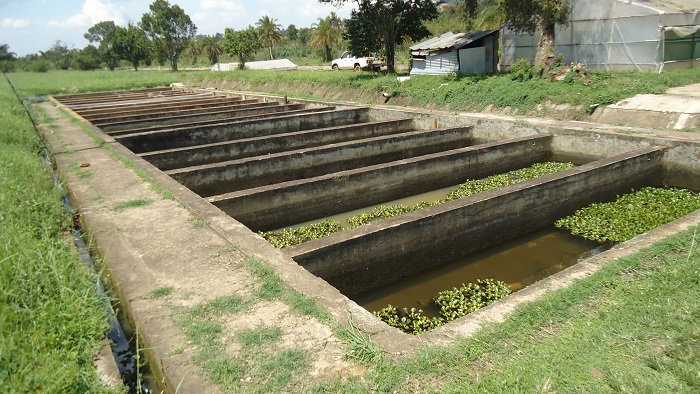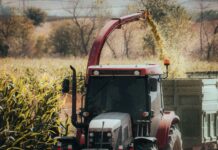The Ugandan government is set to invest US $2.3m in the revamping of the Aquaculture Research and Development Centre in Kajjansi, Entebbe Municipality. This is through introducing modern technologies that will improve fish farming in the country.
The project, which is projected to take 3 year, seeks an end fish product that is not only unique in shape and has good taste, but also high nutrition as well as smooth texture. According to media reports, the ministry of Agriculture intends to install an extruder to improve the quality of fish feeds without compromising the environment.
Ms Joyce Ekwaput Nyeko, the acting commissioner for aquaculture in the Agriculture ministry, said the revamp is courtesy of the FAO-China South-South Cooperation. She said that the funds will go towards making Kajjansi a centre of excellence for maintaining the brooder stock. This, she says, is because currently, some of the hatcheries are collecting their brooding stock from the wild without first studying the genetic composition of the fish they are collecting. According to Ms. Nyeko, this has been proven to compromise on fish quality.
Ms Nyeko also decried the lack of quality fish feeds in Uganda, saying the latest technology will be able to solve the problem. She cited the shortcomings in the quality of the fish imported in reference to the practice of cage farming that the farmers are focusing on. This, she says, is because cage fishing requires high quality floating feeds, which are uncompromised in terms of quality.
On the other hand, Ms Yu Haomiao, a representative from the Ministry of Agriculture and Rural Affairs in China, said Uganda is the first country to receive funding under this phase of the China South-South Cooperation project.
The aquaculture centre at Kajjansi currently has 23 fish ponds and concrete tanks for production of fish feeds, a hatchery workshop and a feeds factory. Furthermore, information from the ministry of Agriculture indicates that the country now produces less than 2m fish fingerings out of the targeted 135m to meet the growing demand for cage fish farming in the country.







